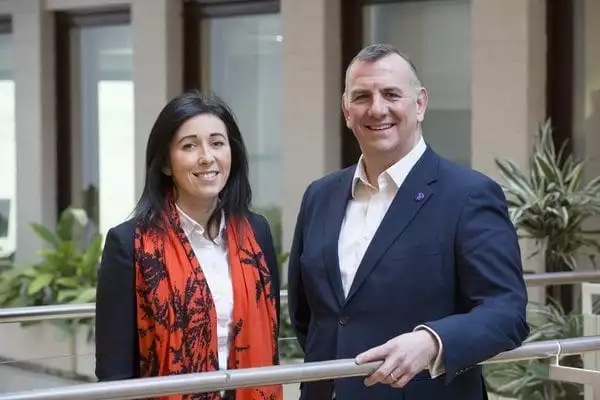Guide launches to help charities take advantage of decision science
A new guide has been released to help charities use decision science in their fundraising.
The MINDSPACE guide is a ‘how to’ for using decision science techniques in cultural fundraising, but the techniques can also be applied across other causes.
Developed by the =mc / Decision Science team, it is co-authored by =mc Director Bernard Ross, Senior Partner Consultant Dana Segal, and Marina Jones, interim Head of Membership and Fundraising Appeals at the Royal Opera House.
While decision science is being used by commercial organisations to help them design and promote products and services, charities are also starting to use the science to inform their fundraising, according to the =mc, and it has worked with MSF International, UNICEF and trained up fundraisers at Oxford University in its principles.
If you are looking to encourage #supporters or #audiences to make #gifts you need a #decisionmaking strategy you also need a framework to help you design this.
Introducting MINDSPACE – Helping Supporters Choose: a new e-book that puts the science into cultural fundraising. pic.twitter.com/bEKzuXq1n4
Advertisement
— Dana Kohava Segal (@danaksegal) May 7, 2020
The guide explores the MINDSPACE model: a framework developed by the Government’s Behavioural Science Unit (aka the Nudge Unit), and how charities can use this in their fundraising.
It takes users through key decision science principles to help them identify drivers that they can use to encourage their audience to take the action they desire.
These include looking at who people are most likely to be influenced by, and who therefore is most appropriate to deliver the message, how to encourage the key audience to take action, and how to encourage an audience to commit to donating.
The guide explains how to apply this knowledge to fundraising, along with real life examples from arts charities as well as non-arts charities of results and learnings gained using these techniques that can be applied to any cause.
The =mc developed the 60-page free download in response to its work on decision science, which saw it collaborate with the National Arts Fundraising School, Ogilvy Consulting and Arts Council England to set up some experiments in order to build up evidence for the arts and cultural sector on how it could benefit them. Working with 10 arts, cultural and heritage organisations across the country ranging in discipline and size, from Birmingham Museums Group to Royal Opera House to Bluecoat Liverpool to The Handlebards, experiments were run across legacy giving, campaigns, and on-site giving.




